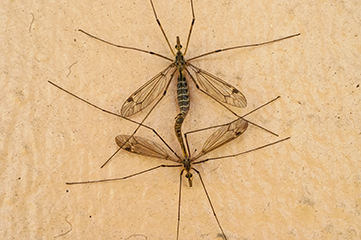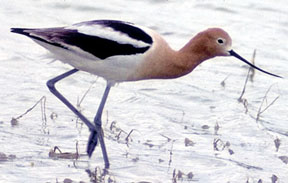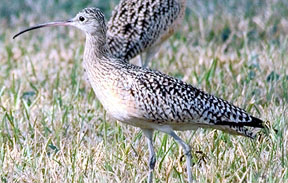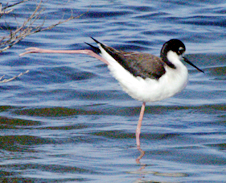Read Biodiversity
Hotspots.
1. In your own words, define a biodiversity hotspot.
2. How many biodiversity hotspots have been identified?
3. Click on Biodiversity Hotpots; (look at the entire world) to find the hotspot nearest to you. Which hotspot is geographically nearest to you?
4. How many endemic insects are in this hotspot?
Use the Species Database to see the threatened species. PubMed and Google Scholar are indexes
to articles published in medical and scientific journals.
5. Check out PubMed and Google Scholar by looking for
an article on one of the endemic mammals or amphibians in this
hotspot. Give the article's citation in the proper
format. Note that PubMed and Google Scholar are
not the citation and not in the citation.
Go to The Tree of
Life (TOL). Click on phylogeny in the text below the
tree.
6. Paraphrase into your own words, what is meant by "the
phylogeny of organisms"?
7. Click on the root of the tree. What domain are animals in?
8. Follow that domain. Which of the following is most closely
related to fungi? Animals, plants, bacteria

Tipulids
|
Tipulids (like the pair shown to the right) are common around your home and college.They eat nectar
or do not eat at all. Type tipulidae in the TOL search box then
follow the links.
9. How many wings does it have?
10. This places it in the order ___________. The hind wings of
this order are modified into little gyroscopes. Describe them.
11. Tipulid larvae can be found in streams and lawns. Follow the
links on the tipulid page to view the larva.
Describe the larva in your own words.
12. Read about Invasive Species.
San Francisco Bay has the most non-native species in the world. One example is Caprella mutica (skeleton shrimp).
a. How do invasive species get into the bay?
To answer (b), read the article: Byrnes, J.E., P. L. Reynolds, and J. J. Stachowicz. (2007). "Invasions and Extinctions Reshape Coastal Marine Food Webs." PLoS ONE 2(3): e295. doi:10.1371/journal.pone.0000295
b. What effect could this shrimp have on the birds in question 13. The San Francisco Bay Estuary is the nation's second largest
and perhaps the most biologically significant estuary on the Pacific
Coast. Audubon
California is a helpful reference.
13. How many shorebirds pass through San Francisco Bay each day
during winter migration? ______________
How is it possible for such a large number of similar bird species
such as avocets, curlews,and stilts to exist in an apparently
homogeneous habitat? They all eat aquatic snails, insects, worms,
and some small fry of fishes.
 |
 |
 |
American avocet |
Long-billed curlew |
Black-necked stils |
14. Mark the Pacific Flyway route of the Black-necked Stilt,
Long-billed Curlew and American Avocet on
the map. All three birds are in San Francisco Bay right now.
15. The birds shown below are found in San Francisco Bay..
Type Birds into the Tree of Life
search box and follow the links to identify their family.
a. To what family do they belong?
b. What do they eat?

|
![]()